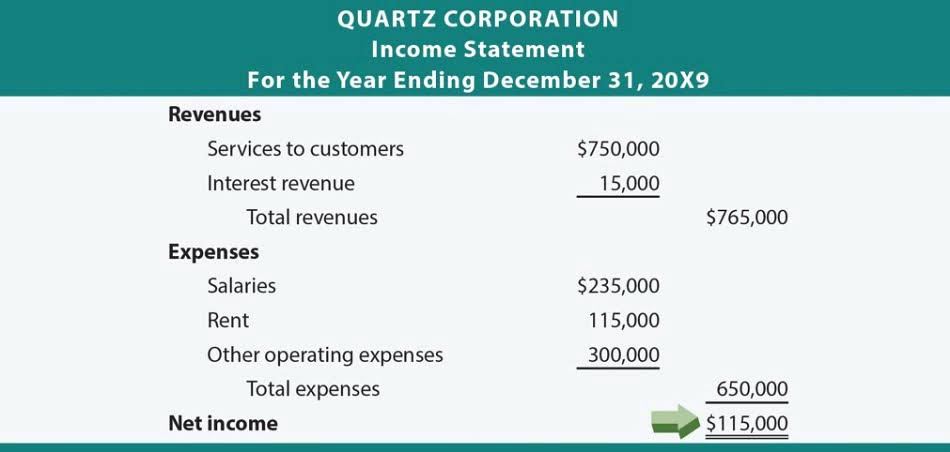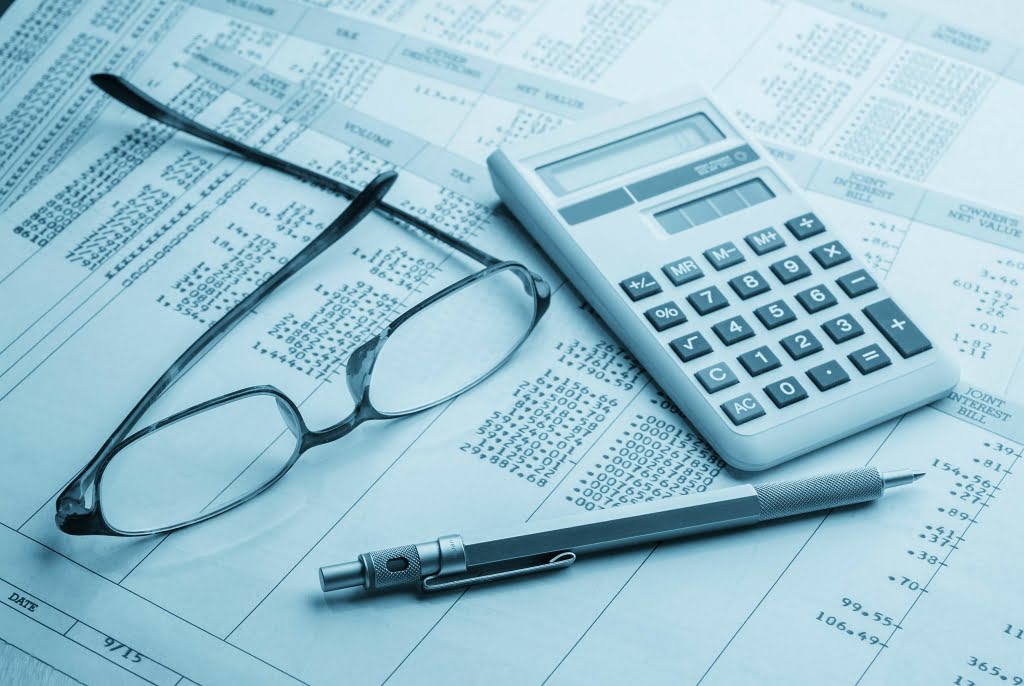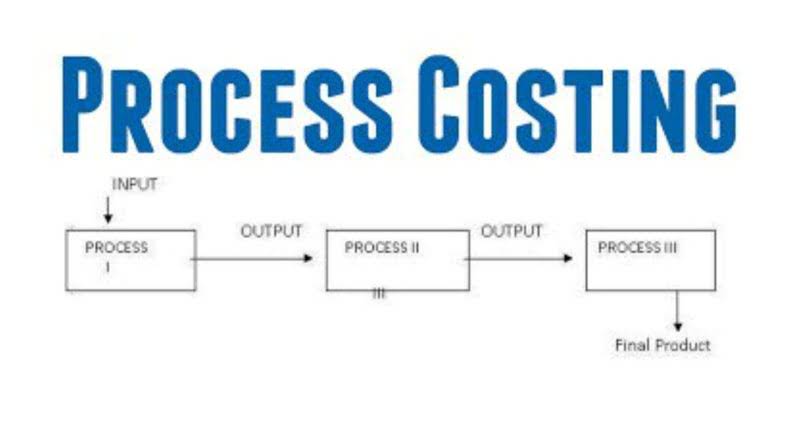Investors and analysts often prefer businesses with lower debt ratios, as these firms are less likely to get into financial trouble. They are considered less risky because they have more equity relative to borrowed money. The debt ratio interpretation is used by investors and analysts to determine how much risk a company has acquired. Whether a company’s debt ratio is high or low may depend on the nature of the business and its industry. Nevertheless, a total debt ratio analysis with a value greater than 1.0 (100%) indicates that the company has more debt than assets.
- The debt ratio calculation is done by simply dividing the total debt (liabilities) by the total assets.
- A company with a negative debt ratio simply indicates that the company has negative shareholder equity.
- It’s important to note that the ideal debt ratio can vary by industry and the industry average should be taken into consideration when analyzing a company’s ratio value.
- Companies with a lower debt to equity ratio are often more financially stable and more attractive to both creditors and investors.
- Therefore, the debt ratio is very significant in measuring the financial leverage of the company.
- It is calculated by dividing total liabilities by total assets, with higher ratios indicating higher degrees of debt financing.
Cash Flow Statement: Breaking Down Its Importance and Analysis in Finance
- Conversely, a higher debt ratio might signal increased risk—your business relies on debt to support its assets.
- Our business is built on supporting relationships between people and organizations, relationships that extend across frontiers of all kinds—geographical, financial, industrial, and more.
- For example, a business with a steadily decreasing debt ratio is likely improving its financial health, which may make it a more attractive candidate for a loan or line of credit.
- A debt ratio of 0.75 signifies that debt constitutes 75% of the total assets.
- In today’s dynamic business environment, where uncertainty and volatility are constants, the ability to navigate financial complexities with confidence is invaluable.
- You can calculate this by taking a company’s total debt from its balance sheet and dividing by its EBITDA, which can be found on the income statement.
For instance, capital-intensive companies with stable cash flows operate successfully with a much higher debt ratios. Moreover, the debt ratio doesn’t provide a complete picture of a company’s financial health. It should be used in conjunction with other financial ratios and indicators to make a comprehensive assessment of a company’s financial position. Let`s say Mr. Max is running a clothing store and pays its employees 50,000$ and has total assets amounting to 100,000$.
Get a free risk assessment
Every decision on a company’s debt ratio comes with its own set of rewards and risks. A high debt ratio might provide more resources for growth and expansion, but it also brings potential financial risk if the borrowing company struggles to repay the debt. One of the most common ways to evaluate a company’s debt situation is by calculating its debt ratio, which is the proportion of a company’s total liabilities to its total assets. Ultimately, the debt to asset ratio should be considered alongside other financial factors when assessing a company’s financial health. As a general rule, most investors look for a debt ratio a debt ratio of 0.5 indicates: of 0.3 to 0.6, which is the ratio of total liabilities to total assets. For example, a debt to equity ratio of 1.5 means a company uses $1.50 in debt for every $1 of equity i.e. debt level is 150% of equity.
Debt Ratio Analysis Tools and Resources
- Understanding how to calculate the debt ratio is crucial for assessing your financial health.
- In the case of Company A, the debt ratio is 83%, indicating a higher level of leverage.
- Depending on averages for the industry, there could be a higher risk of investing in that company compared to another.
- Using the exert from Apple’s balance sheet for the fiscal year of 2020 below, let’s do a debt ratio calculation for Apple.
- This includes cash and accounts receivable, non-current assets, such as property, plant, and equipment, and intangible assets.
- Debt ratios must be compared within industries to determine whether a company has a good or bad one.
This shows that a company’s debt ratio needs to be treated with retained earnings caution compared to other industries. This debt ratio is useful for analyzing a company’s financing strategy. This indicator helps you know whether a company is using stocks or liabilities to do business.
Optimizing Debt Levels
This ratio is represented as a decimal value or in the form of a percentage helping investors understand how likely companies or businesses are to go bankrupt in the event of consecutive defaults. Some businesses use leverage as a strategy to have more potential earnings, by using loaned money to boost resources while also incurring more risks. Whether a debt ratio of a company is too high or too low depends on the industry it operates.
Accounting Services
Understanding the balance and determining the optimal approach in a specific situation is part of the intricate world of financial decision-making. Debt ratio is a financial metric that measures the proportion of a company’s total debt to its total assets. It is used to evaluate a company’s financial leverage and its ability to meet its debt obligations. A high debt ratio indicates that a company has a significant amount of debt relative to its assets, while a low debt ratio indicates that a company has a lower level of debt relative to its assets. The debt-to-equity ratio compares a company’s total debt to its shareholders’ equity, providing insight into its financial leverage and https://www.bookstime.com/ risk. It’s crucial for assessing how a company finances its operations—whether through debt or equity—and helps investors gauge financial stability and potential for growth.







